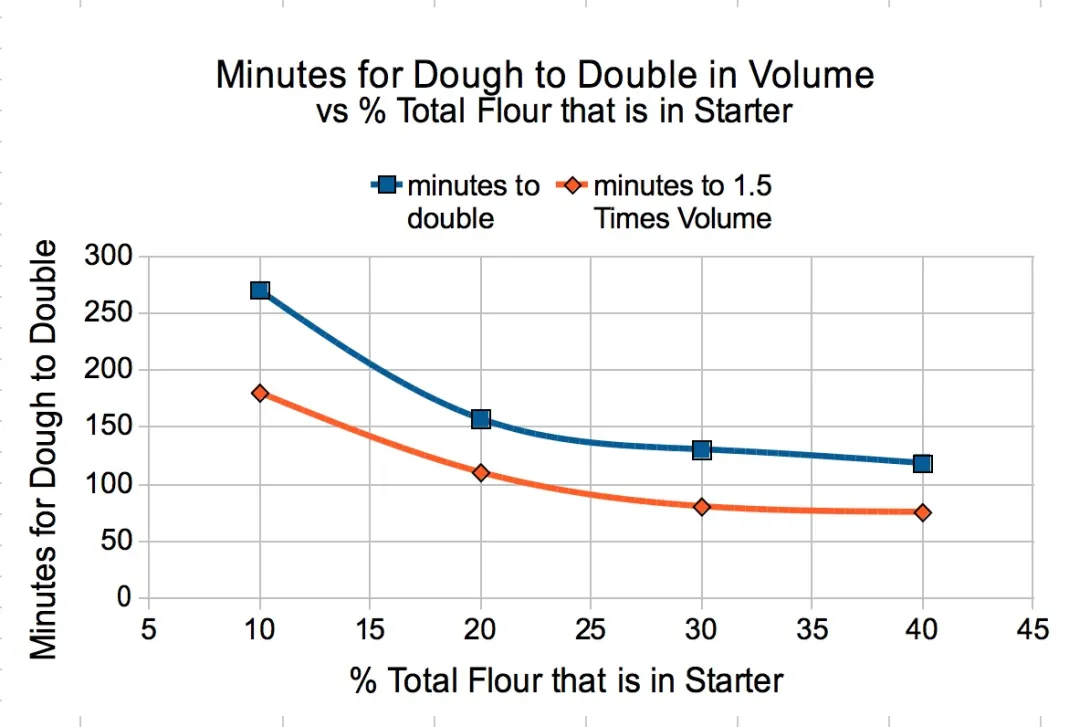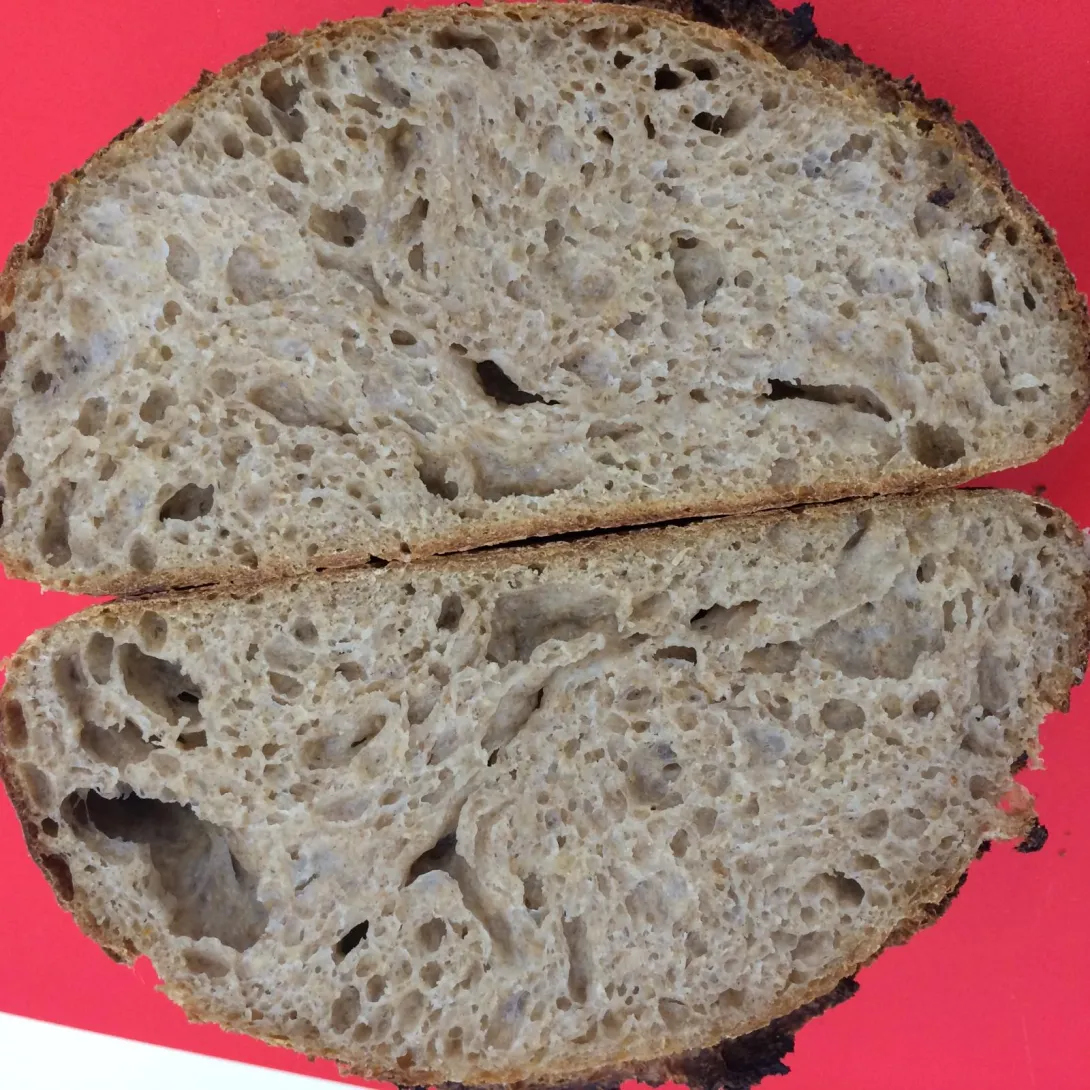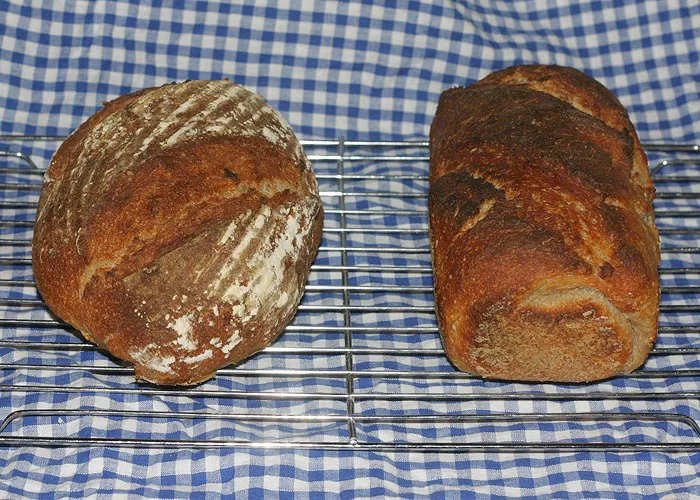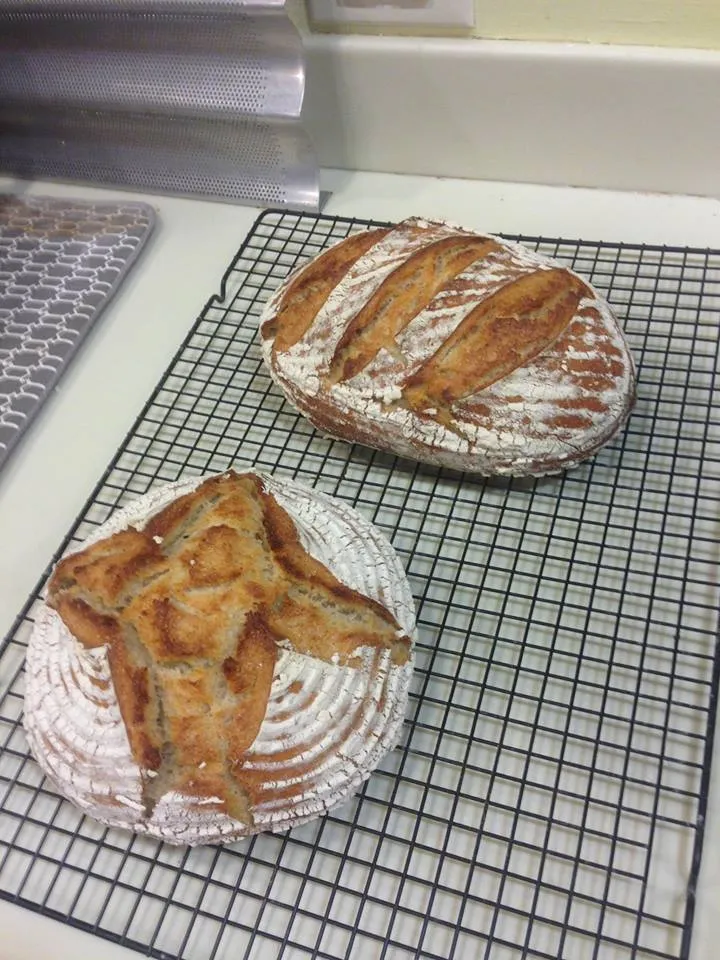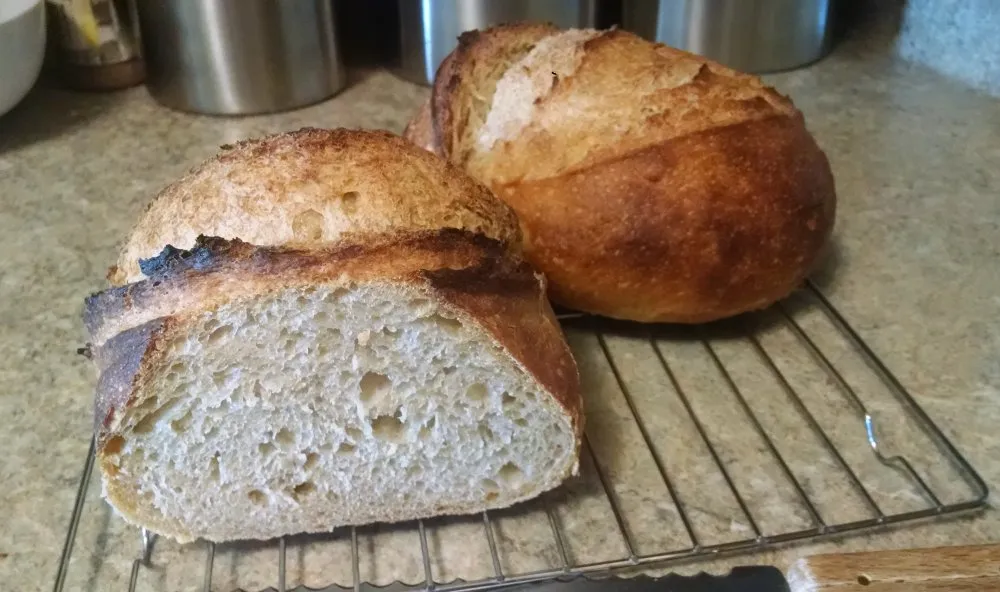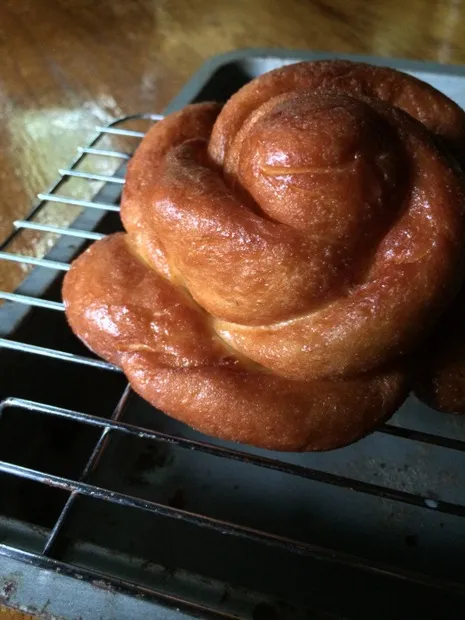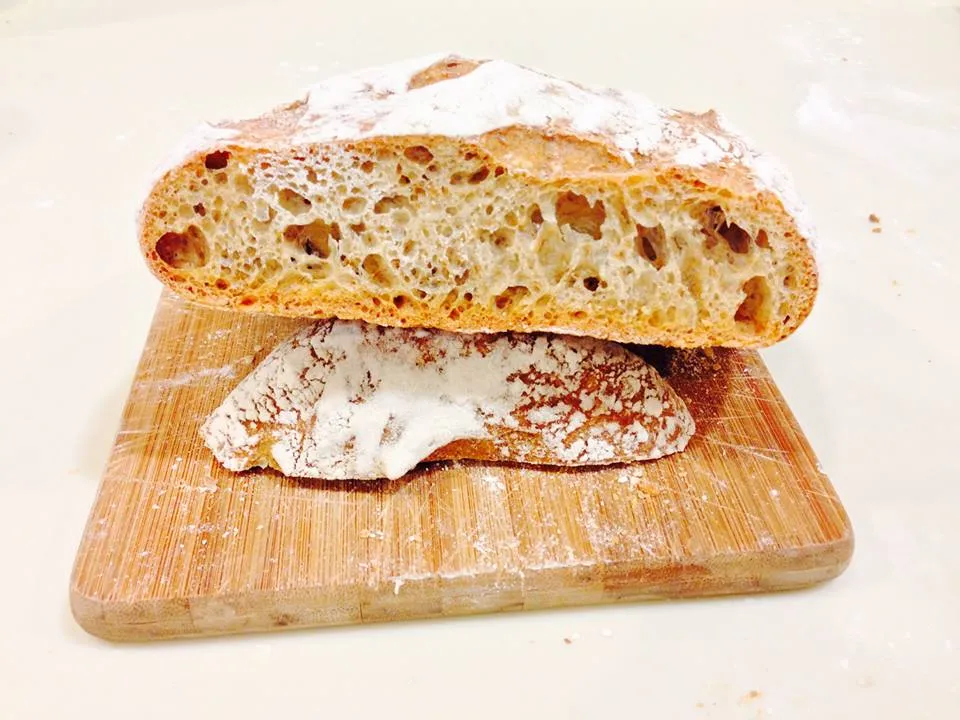50 Percent Sprouted 4 Grain Sourdough with Dates, Walnuts and Guinness
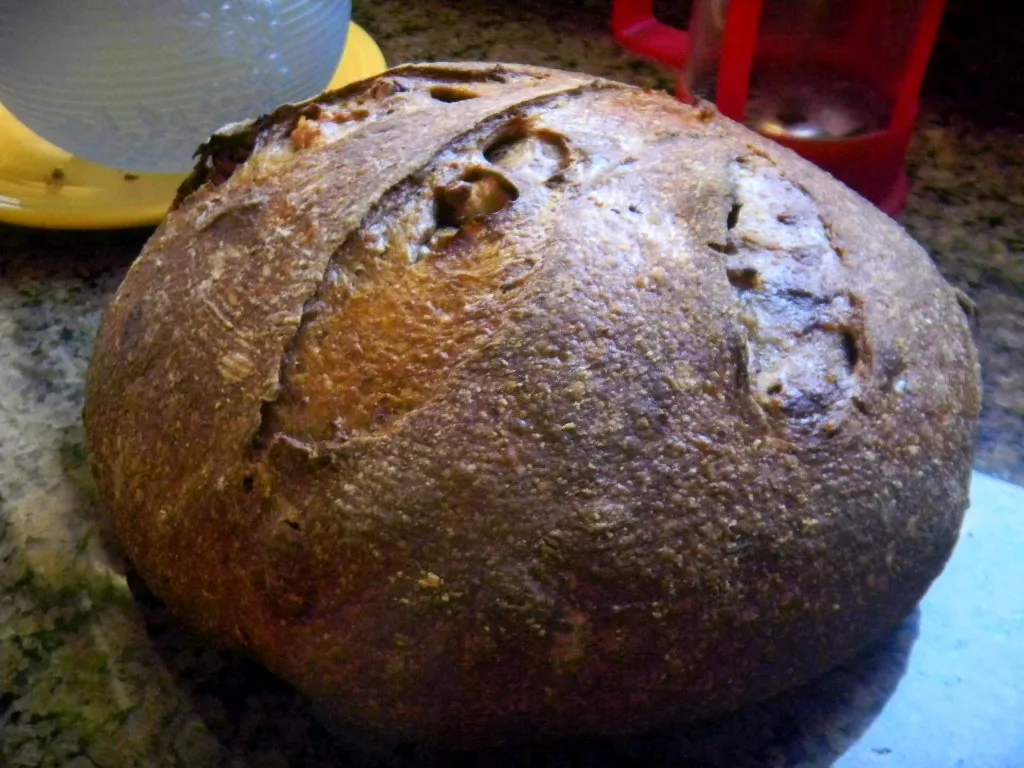
Lucy tried to find the last time we used dates in bread and it was 2012. We prefer figs to dates because you don’t have to pit them and they taste better but dates in bread have been around for thousands of years and not to be overlooked.
- Log in or register to post comments
- 7 comments
- View post
- dabrownman's Blog
